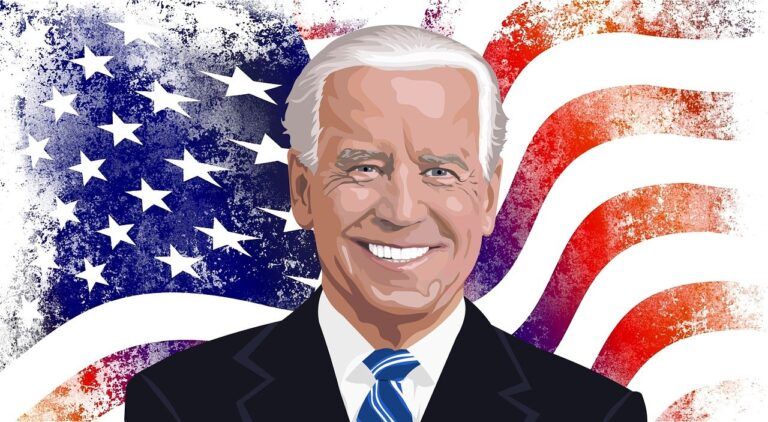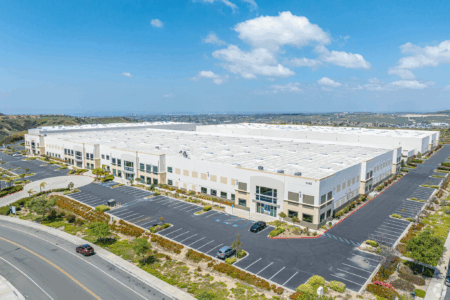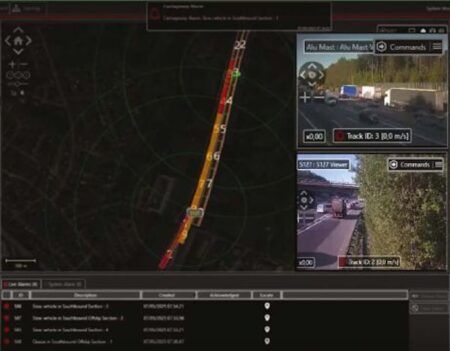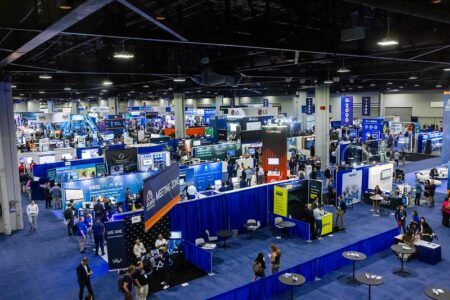As US President-elect Joe Biden prepares to take office on January 20 – with Pete Buttigieg set to be the new Transportation Secretary, heading up the USDOT – ITS America has put together a high-level overview for the incoming team that outlines what it sees as the key priorities for transportation technology.

ITS America’s president and CEO Shailen Bhatt identifies these as: Ensuring the safety and continuity of the US transportation system; assisting the economic recovery by building smart infrastructure for connected, automated, and electrified transportation; creating good paying jobs in the transportation sector; and delivering a more equitable transportation system in urban areas and rural communities through Mobility-on-Demand and increased investment in public transit.
“We hope you will consider these priorities as you prepare executive orders and legislative proposals in 2021 and the years to come to improve our transportation system and achieve a better future transformed by intelligent mobility – one that is safer, greener, and smarter,” says Bhatt.
ITS America’s priorities are set out in more detail below.
COVID-19 relief and stimulus
COVID-19 is impacting every sector of the transportation industry. As public and private sector transportation technology leaders, we are grateful for the federal government’s support; however, we also know that more assistance is urgently needed to keep the nation’s transportation system moving and safe, especially for transportation workers, as COVID-19 rages from coast to coast.
We urge the Administration to provide flexible emergency funding to offset the loss in revenues for public transit, public authorities, state departments of transportation, and the suballocation of emergency assistance to city and county transportation agencies in a COVID-19 economic relief bill widely expected as the result of the small yet urgently needed relief bill currently being negotiated in the lame duck session. We also urge the Administration to maintain critical loan and grant programs established under the Coronavirus Aid, Relief, and Economic Security Act to assist businesses and nonprofits in the transportation sector.

We know we cannot simply return to the transportation priorities that preceded the pandemic. COVID-19 has impacted every sector of the transportation industry. The ability of states and cities to revive their battered economies will depend on a safe transportation system. Transportation technologies that address congestion, including predictive analytics to improve safety and efficiency on freeways, safety, including traffic sensor technology that has been adapted to provide contact tracing, and touchless transportation, including contactless payment system and mobile ticketing, are being deployed in new and unforeseen ways to slow the spread of COVID-19, reinforce logistics and supply chains, and improve system performance.
With this in mind, we urge Congress to provide states and localities, transit agencies, and public authorities flexibility with federal funds to deploy technology to stop the spread of COVID-19, including funding for technologies that protect transit workers and passengers and Mobility on Demand services to connect people to health care, work, and school. In addition, ITS America supports policy in an infrastructure stimulus that significantly increases the deployment of technologies to make our transportation system safer and more resilient.
Smart transportation and infrastructure
Over the years since President Barack Obama signed into law Fixing America’s Surface Transportation (FAST) Act, automated and connected vehicle technologies have advanced, the collection and use of big data has become an increasingly valuable tool for decision-makers, electrification of vehicles of every type from human scale to large scale continues, Mobility on Demand services are transforming how we get around, and technology is increasingly crucial to addressing inequities in access to transportation. To lead the 21st-century technology-driven global economy, the Administration will need to invest in our digital infrastructure and rebuild and modernize our existing physical infrastructure.

For these reasons, ITS America supports reauthorization of the FAST Act and an infrastructure stimulus that provide funding for the rapid integration of advanced technologies into transportation infrastructure, operations, and vehicles to reduce greenhouse gas emissions in the transportation sector; create safer roadways for vehicles, pedestrians, and cyclists; safeguard critical transportation systems from cybersecurity threats; establish a Mobility on Demand program so everyone gains access to mobility and opportunity; maintain congestion pricing strategies to improve mobility and the environment; and deploy broadband and 5G to support intelligent transportation technologies. ITS America supports increased funding for research, development, and demonstration of intelligent transportation technologies, including alternative fuel, connected, and automated technologies to ensure U.S. technological leadership.
ITS America is calling on the Administration and 117th Congress to put Americans back to work from this unimaginable public health emergency by investing in intelligent transportation infrastructure. ITS America’s FAST Act reauthorization platform Moving People, Data, and Freight: Safer. Greener. Smarter. will assist with this.
Vehicle-to-everything (V2X) and connected transportation technology
V2X and connected transportation technologies provide significant opportunity to make our transportation system safer, greener, and smarter. These technologies allow vehicles to communicate real-time information directly with other vehicles, infrastructure, and vulnerable road users to prevent traffic crashes, relieve congestion, and protect pedestrians and bicyclists. They will significantly reduce the 37,000 fatalities and millions of injuries that occur annually on our nation’s roads, improve mobility and reduce emissions by relieving congestion, and allow automated vehicles to operate cooperatively in the future.

However, the Federal Communications Commission is currently advancing a rulemaking that will take away the majority of the spectrum designated for intelligent transportation system communications, leaving too little spectrum to deploy advanced V2X applications and introducing harmful interference in the spectrum that remains. It should be a priority of the Administration to preserve the full 75 MHz of the 5.9 GHz safety spectrum band for transportation use so that we can realize the significant safety, environmental, and economic benefits that a robust V2X and connected vehicle network will provide.
Highly automated vehicles
Highly automated vehicles (HAVs) have enormous potential to improve roadway safety and performance and contribute to more livable, vibrant, and equitable communities by providing more affordable mobility options; improving transit access by extending its reach; improving freight movement; and freeing up parking for other needs, including transit corridors, bike lanes, and walkable places, including sidewalks and plazas. HAVs can provide mobility options for people with disabilities and seniors, as well as access for underserved communities.
HAV technology is accelerating rapidly. More than 80 companies across 36 states and Washington, DC, are testing HAVs. As a result, ITS America strongly believes a federal framework is needed to ensure their safe deployment. The absence of such a framework is leading to states developing their own HAV requirements. ITS America urges the Administration to work with Congress on a bipartisan highly automated vehicle bill that maintains the federal government’s traditional role over design, construction, and performance of highly automated vehicles; preserves state and local authority over its roads, including traffic laws and rules of the road; and makes clear that “performance” is consistent with the National Traffic and Motor Vehicle Safety Act related to vehicle or equipment performance and is not intended to be broadened beyond the National Highway Traffic Safety Administration (NHTSA) traditional interpretation.
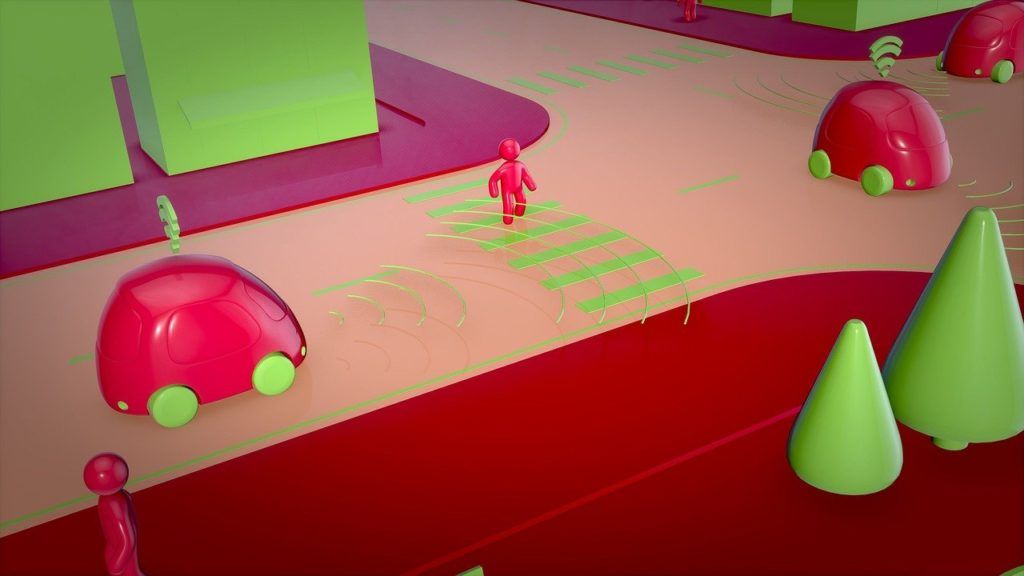
ITS America urges the Administration to support a safe and reasonable increase in the number and duration of Federal Motor Vehicle Safety Standard exemptions because developers, working with NHTSA, cities, counties, and states, need experience operating HAVs in sufficient numbers to generate the broad data across a multitude of scenarios and environmental operating conditions necessary to ensure safety. We also urge the Administration to work with states, localities, public transit, manufacturers, and other entities on regulations that ensure the safe deployment of HAVs, including land use, infrastructure, and transportation system integration.
Sustainable and resilient transportation
It is important to act now to enhance the sustainability and resiliency of our transportation system to reduce transportation’s outsized impact on the environment and to protect infrastructure from severe weather events and other effects of climate change. There are numerous opportunities to increase the sustainability and resiliency of the transportation system, including through the advancement of electric vehicles and alternative fuel technologies, charging infrastructure, clean power generation, power grid capability and resiliency, infrastructure resiliency, roadside management, and advanced materials technologies. Investments in the deployment of technology and workforce development in these areas will also provide significant economic and employment benefits as the U.S. becomes a global leader in sustainable and resilient transportation. A more sustainable transportation system will also improve equity by helping to mitigate the negative environmental impacts of transportation, which are often most acutely felt in low-income and minority communities.
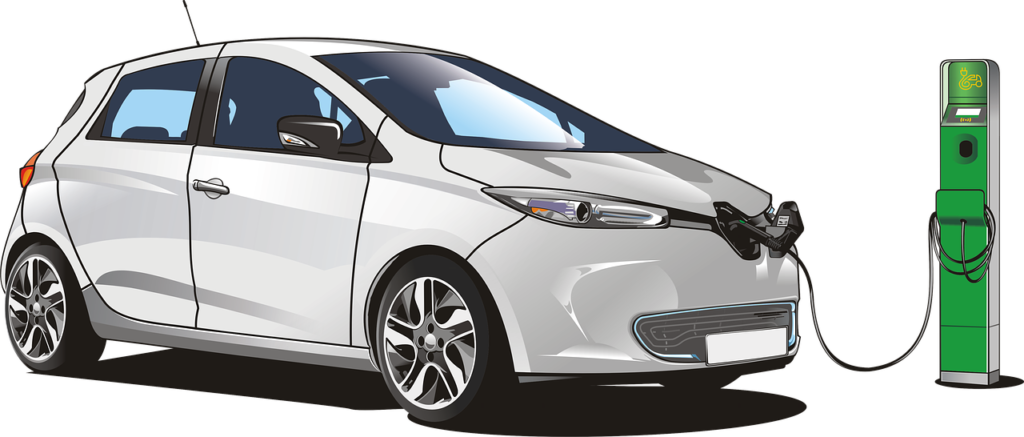
ITS America urges the Administration to support additional investments in sustainable transportation, including providing funding for the deployment of electric vehicle charging and hydrogen fueling infrastructure, increasing investment in electric vehicle charging and alternative fuel technologies research, maintaining and enhancing electric vehicle tax credits for personal, passenger, and freight vehicles, reinstating a zero-emission consumer tax credit for fuel cell vehicles, creating additional allocation of zero-emission plug-in electric vehicle tax credits reserved for medium-duty commercial delivery vans, and supporting investment in the electrification of public transportation.
ITS America members are eager to work directly with the White House, US Department of Transportation, and other executive agencies to ensure progress on these issues to improve the nation’s transportation system.
Shailen Bhatt, president and CEO, ITS America
The Intelligent Transportation Society of America (ITS America) is an association of state, city, and county transportation agencies, public transit, automakers, technology companies, infrastructure firms, and research universities. Its members are focused on research, manufacturing, and the safe deployment of intelligent transportation technologies to save lives, improve mobility, increase accessibility and equity, promote sustainability, and improve efficiency and productivity.


